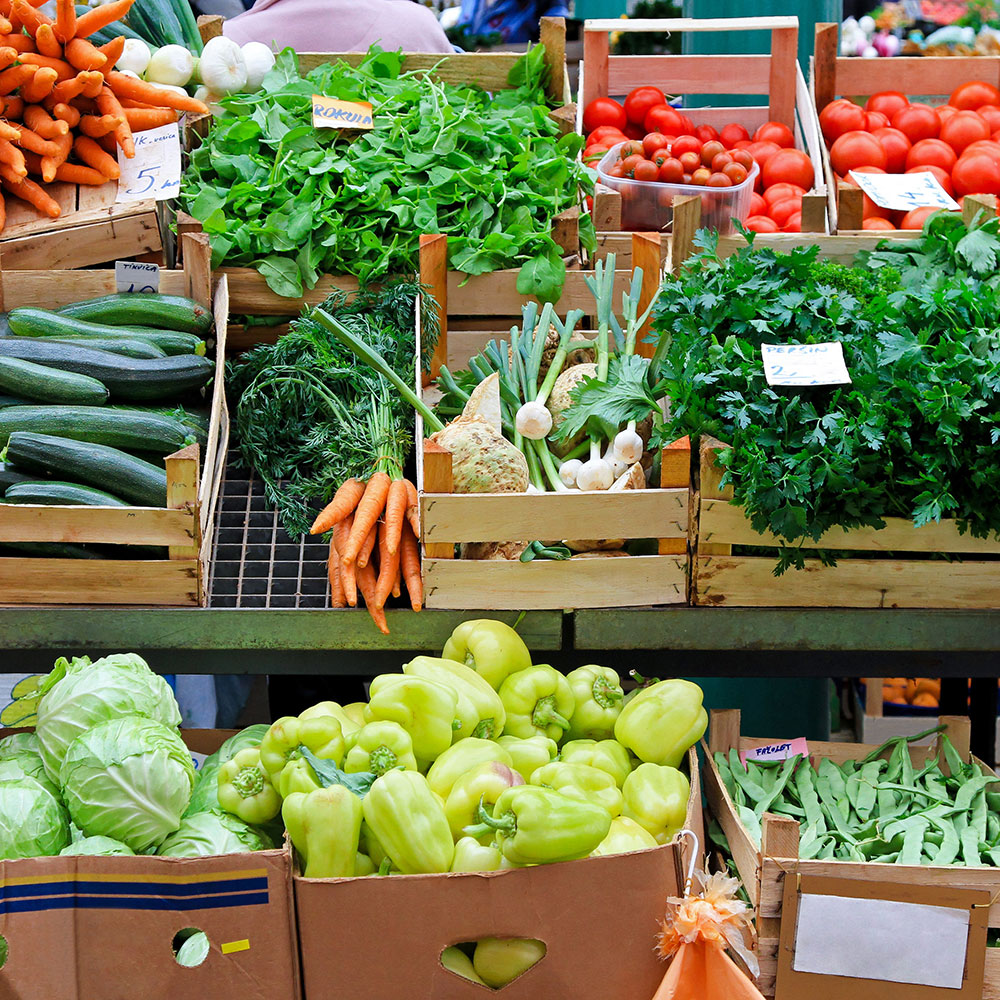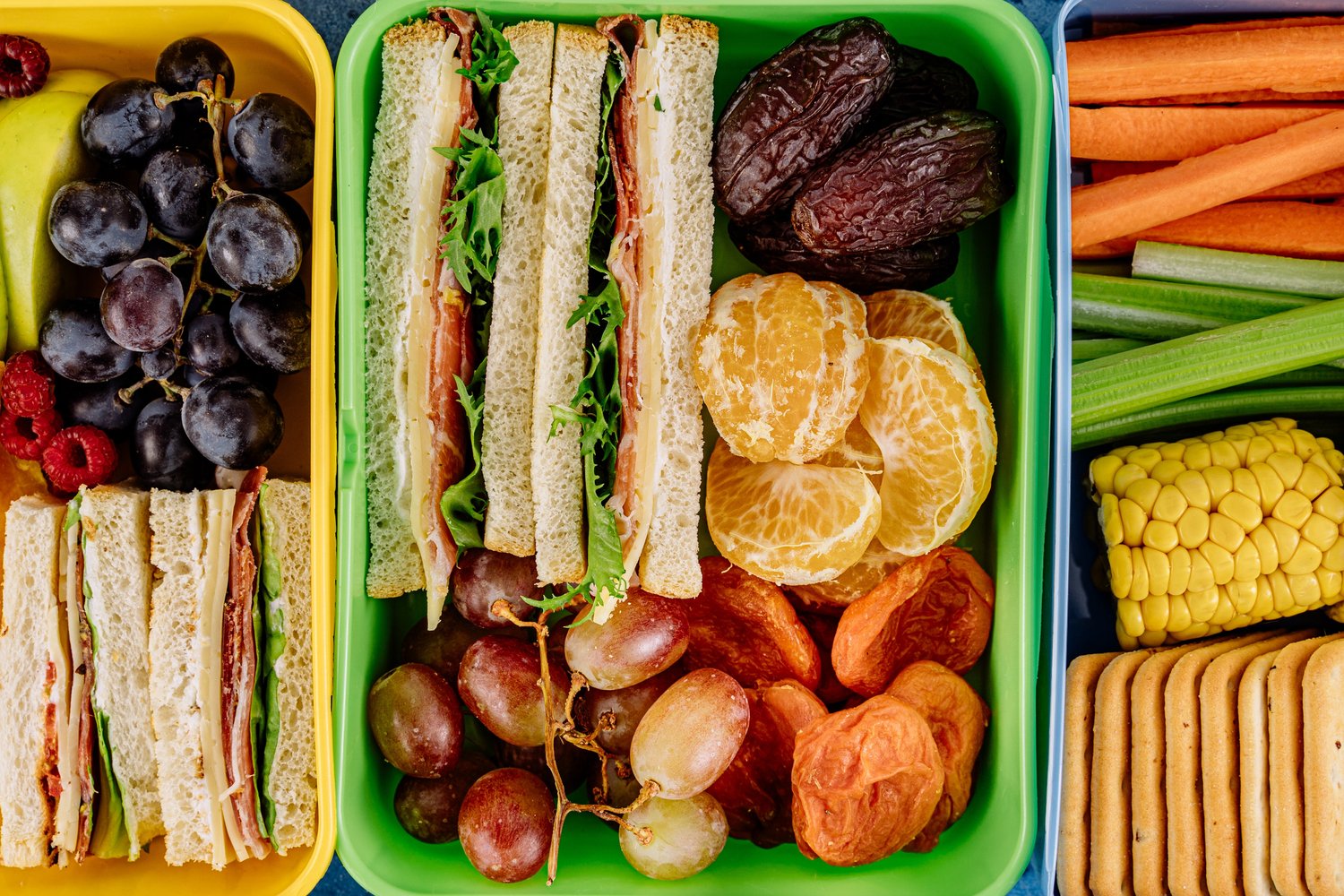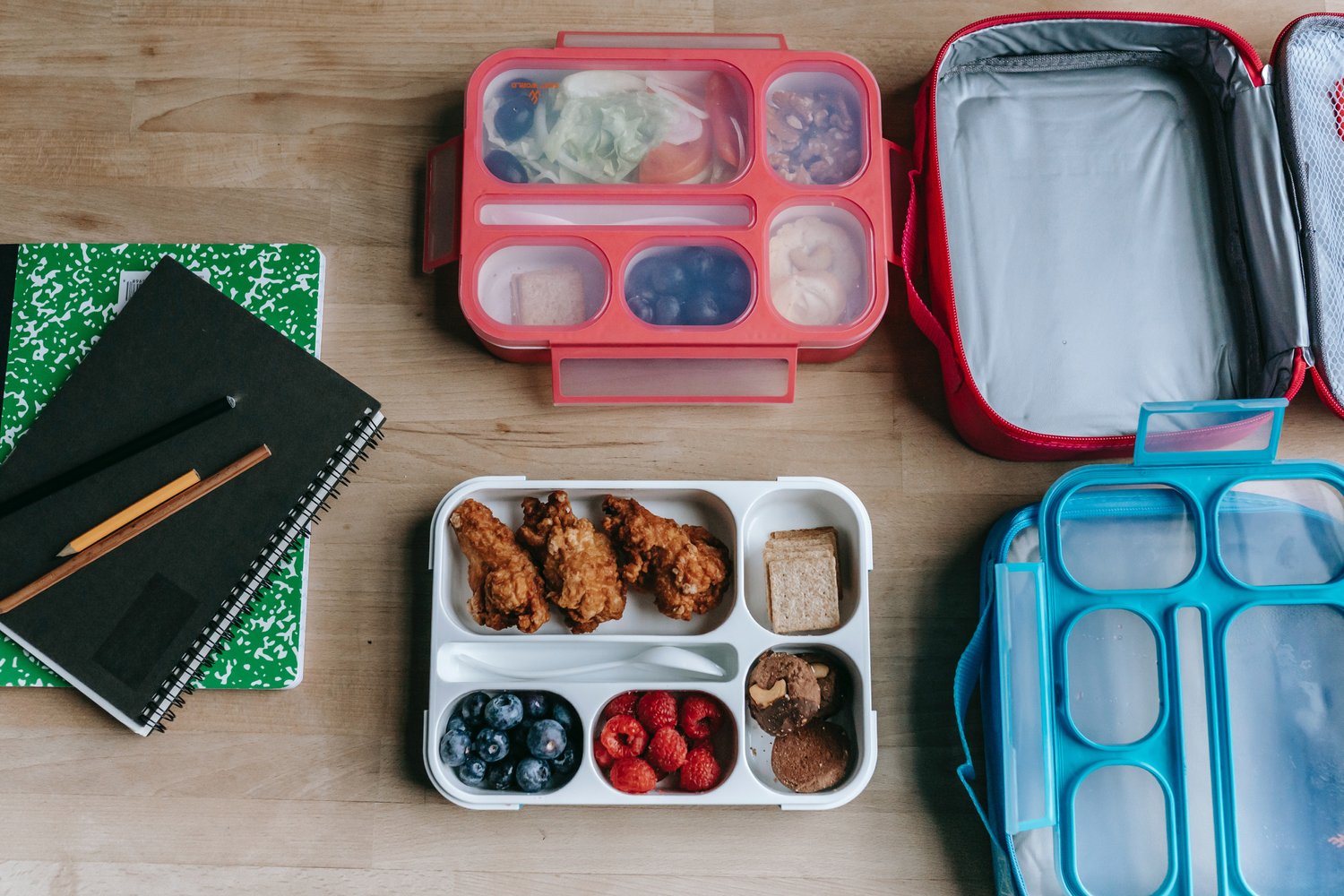by Nora Landis-Shack
It’s been just over a year since I enrolled in NYU’s Food Studies program and received my certification in food therapy from the Institute of Culinary Education. Since then, I’ve been amazed by how much knowledge there is to absorb, and I’ve met some incredible people working in spaces ranging from food as medicine and food policy to public health nutrition, urban agriculture, and fermentation. Throughout this year, I’ve noticed a few recurring topics that continue to excite me about the future of these spaces and our world at large. Here’s what I’m holding onto, studying further, and looking forward to seeing more of.
The Intersection of Technology and Food is Here to Stay
The rise of artificial intelligence, robotics, and big data analytics has profoundly changed our food system. In 2018 alone, investments in food and agriculture startups were nearly $17 billion, a figure that has continued to grow. Companies are vying for opportunities to make new food products, develop robotic tools for farmers, and design solutions for streamlining food distribution and reducing waste. Technology has changed the way we engage with food too, from ordering groceries and takeout with a few taps to meal delivery kits and touch screens at fast food joints. However, an ongoing tension in this space lies in striking a balance between technological advancements food and agriculture actually need, and innovations that are likely to yield profits.
Infrastructure, distribution, and cold storage aren’t the sexiest of solutions, but they’re extremely important if we’re going to effectively reduce waste, scale production, and make our food system safer. Even as concerns arise about the potential influence of Silicon Valley culture on our food system, it remains an undeniable reality that technology will play an increasingly pivotal role in shaping the future of food. This significance will only intensify as we confront novel challenges like climate change and the escalating costs of food production.
Public Awareness of Food Policy is Growing
With rising food costs, inflation, and COVID-era food insecurity support hanging in the balance, I’m noticing a lot more public awareness of both the importance of food policy and how it directly impacts our lives. Food policy has the potential to shape what we can buy, what our children eat in schools (more on that below), what ingredients we grow, how food workers are treated, how our food system addresses and responds to climate change, and so much more.
In the U.S., the farm bill is one of the largest pieces of legislation that in theory addresses these challenges. It was supposed to be passed on September 30th, but disagreements within the House and the Senate have kept it from being reauthorized. That means that unless an updated bill is passed by December, many farm and food-related programs will expire, losing their funding and ending critical lifelines for many people who work in these industries. The bill in theory will address everything from the climate crisis to rising hunger and food insecurity as well as increasing access to fruits and vegetables, food as medicine, and land for young farmers.
As public awareness of food policy grows, people are becoming more aware of how our relationship to food impacts these important decisions. I’m hopeful that this awareness will lead to more vocal advocacy in favor of policies and programs that take some of the burden off individuals and place them on the larger corporations and institutional systems who have the most power to enact real change.
Waste Reduction Can Work with Food Production
While individual actions can be taken to reduce food waste in our own homes, real systemic change won’t happen without the investment and interest of larger businesses. In 2021, the U.S. wasted an estimated 33% of its food, over 80 million tons. This food takes up valuable resources to produce, and the fact that much of it ends up in landfills when people are struggling to afford groceries is a serious problem that must be addressed.
Some companies, often at the intersection of food and tech, are exploring what it might look like to step in and transform this waste into viable products before it ends up thrown out. This includes plant-based “leather” alternatives and fabrics, products that are 3D printed using pureed and dehydrated food, or recycling what are normally byproducts of food production into delicious new ingredients. Turning whey from making yogurt into probiotic desserts and drinks, or transforming the residue left over from tofu making into baking mixes are just two examples of how we can creatively keep food in our system longer and with less waste.
School Meals Have a Huge Role to Play
According to the National School Lunch Program, nearly 30 million students each day are served school lunches, nearly 22 million of which are free or reduced price. There is extensive evidence to show that school meals are extremely important for students’ well-being, health, development, and success, especially for those students with lower incomes. School meals are sometimes the most nutritious meal of the day a student gets and provide opportunities to provide healthy dietary patterns and preferences.¹
School meals are proving a battleground for two key areas of food policy. First is food security, which free and reduced-price school meals directly support. Legislation is underway in several states to implement universal school meals, which aims to provide free breakfast and lunch to all public school students regardless of their economic position. And second is improving school nutrition, since many schools don’t have the infrastructural capacity (and, in some cases, knowledge) to provide fresh-cooked and from-scratch meals to students, relying instead on heavily subsidized and processed foods. Advocates for free and nutritious school lunches are working tirelessly to pass legislation and raise awareness of these issues, which directly impact the lives of so many families. And luckily, over 60% of voters in the U.S. support legislation that would make free and healthy school meals permanently available.
This past year has illuminated many promising areas for change in a multitude of food, sustainability, and health spaces. It continues to be a complex and complicated field to navigate, but I am heartened by how many people are working hard to build a better, more sustainable, and resilient food system for us and future generations.
If you’re interested in grappling with these issues or already work in these spaces and want to discuss what the future might hold, please reach out to schedule a conversation! I’m eager to connect with folks and explore how we can move the needle on some of these important issues.
¹World Health Organization . Food and Nutrition Policy for Schools: A Tool for the Development of School Nutrition Programmes in the European Region. WHO Regional Office for Europe; Copenhagen, Denmark: 2006.



